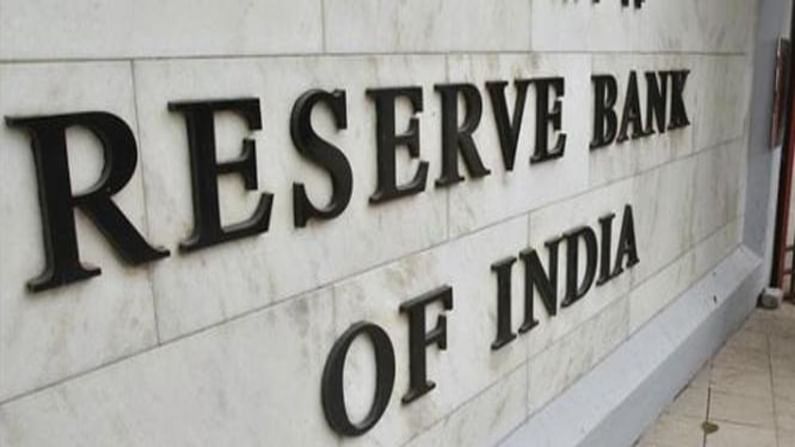Bank rates: RBI says several factors still obstructing money transmission
The external benchmark system has incentivised banks to adjust their term as well as saving deposit rates as lending rates undergo frequent adjustment

The Reserve Bank of India is not happy with the prevalent monetary transmission situation although it has admitted that the situation has improved over the years, it noted in its monthly bulletin. Mint Street believes there are several factors which continue to impede monetary transmission to deposit and lending rates of banks.
These factors are mismatch of banks’ assets and liabilities, competitive pressure for small savings schemes, and assets quality of scheduled commercial banks.
The central bank said monetary transmission in the current easing cycle, so far, has been full across the money market segments and corporate bond market, mainly on account of liquidity augmenting measure, including unconventional measures, taken by it.
The RBI has asked banks to link all new floating rate personal or retail loans and floating rate loans to micro and small enterprises o the policy repo rate or 3-month T-bill rate or 6-month T-bill rate or any other benchmark market interest rate published by the Financial Benchmarks India Private Limited (FBIL) from October 1, 2019.
Public sector banks depend more on retail term deposits and face competition from alternative saving instruments like small savings, which constrains them from lowering deposit rates in sync with the policy repo rate.

